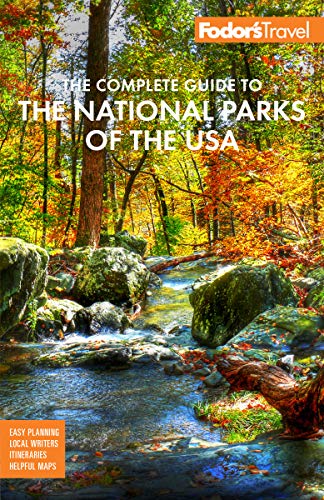Plants and Wildlife in Guadalupe Mountains
Despite the constant wind and the arid conditions, more than a thousand species of plants populate the mountains, chasms, and salt dunes that comprise the park's different geologic zones. Some grow many feet in a single night; others bloom so infrequently they're called "century plants." In fall, McKittrick Canyon's oaks, bigtooth maples, and velvet ashes go Technicolor above the little stream that traverses it. Barren-looking cacti burst into yellow, red, and purple bloom in spring, and wildflowers can carpet the park for thousands of acres after unusually heavy rains.
More than 86,000 acres of mountains, chasms, canyons, woods, and deserts house an incredible diversity of wildlife, including hallmark Southwestern species like roadrunners and long-limbed jackrabbits, which run so fast they appear to float on their enormous, black-tipped ears. Other furry residents include coyotes, black bears, mountain lions, fox, deer, elk, and badgers. You may also spot numerous winged creatures: 300 different bird species, 90 types of butterflies, and 16 species of bats.
Plenty of reptiles and insects make their homes here, too: coachwhip snakes, diamondback rattlers, whiptail lizards, scorpions, and lovelorn tarantulas (the only time you might spy them is in the fall, when they search for mates), to name a few. Texas's famous (and threatened) horned lizards—affectionately called "horny toads"—can also be seen waddling across the soil in search of ants and other insects. Rangers caution parents not to let little ones run too far ahead on the trails. Rattlesnakes are common here but they hibernate in winter. In summer, overnight campers should be cautious at dusk and dawn. The snakes are not aggressive, so try to remain calm and give a wide berth to any you spot.




